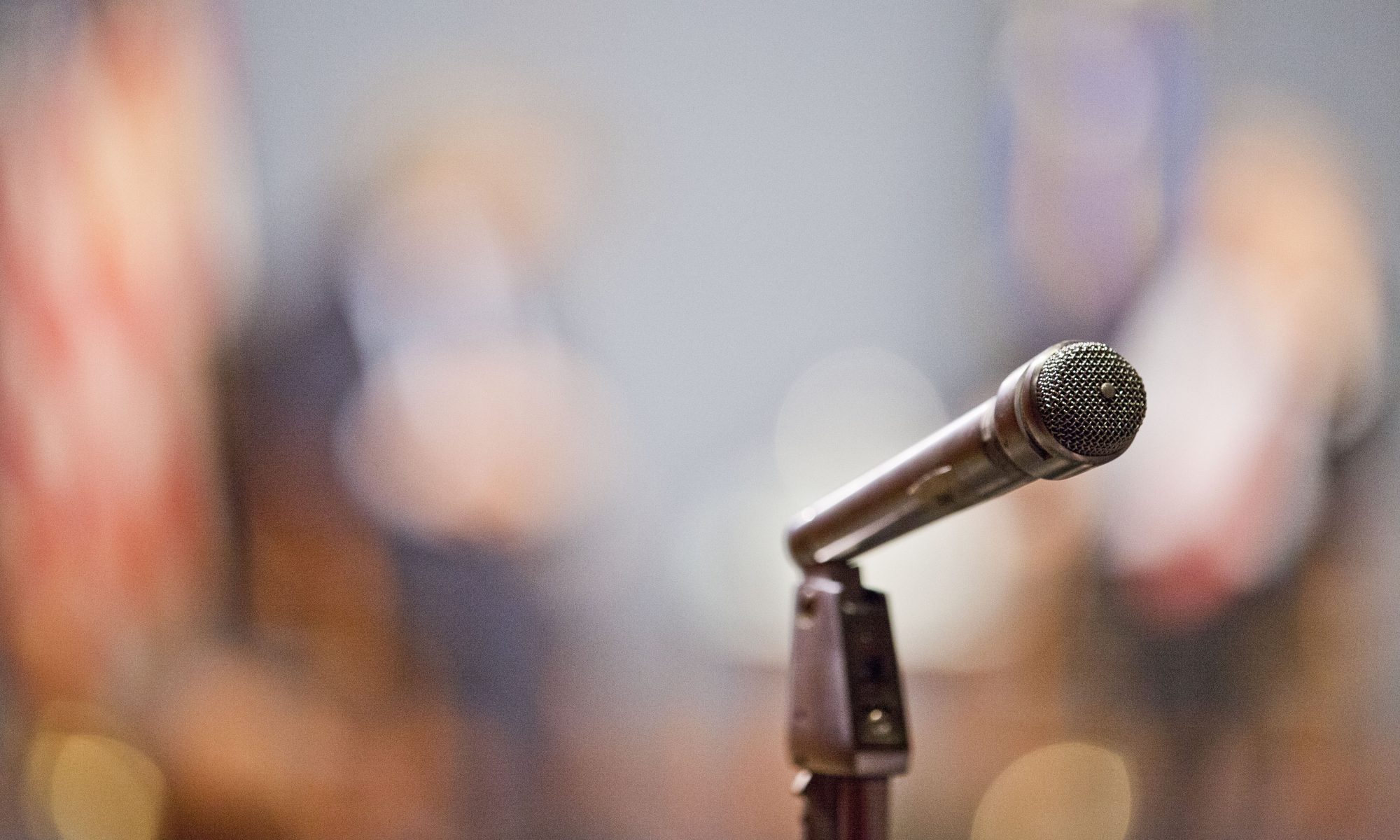In May, Jill Cirasella, addressed the makers out there with her post, “Creating an OER? How Should You License It?” But before you license your OER, you have to build it. To do so, you will likely need to use another creator’s materials. Can you use extant materials, or does copyright always get in your way?
Consider this: if you plan to share your course widely as an OER, you can no longer count on a jointly-held library affiliation. Therefore, it is important to carefully vet the material you chose to include in your course for any potential copyright violations. It is also best to make sure that the materials you use are available publicly.
We have some tips that should protect you, while keeping your creative vision intact.
Creative Commons
We’ve posted several times about Creative Commons (CC) licenses for content creators (Jill’s post) and (Creative Commons 4.0 for Education). These licenses help the content user/re-mixer as well. To use them, first consider how you plan to use the materials? Will you display an image, for example, or create derivatives of it? With use in mind, you can search for objects with the appropriate CC license. On Google Images, for example, you can search by license type (select appropriate Usage Rights from the Advanced Search page). Even better, Creative Commons offers a consolidated search at search.creativecommons.org; participating sites offer audio, video and image files. When using others’ materials, attribution is always the name of the game, so be sure to give credit where credit is due.
Open Access
If you need readings for your OER, consider open access (OA) publications. You can find them at the Directory of Open Access Journals (DOAJ) or OpenDOAR, a directory of open access repositories. Because these materials are OA, they can be used by faculty or students regardless of library affiliation. What’s more, you needn’t post the objects themselves in your OER; it is often sufficient to link to them.
Fair Use
You can also make use of the doctrine of Fair Use. Fair Use is an exception to copyright law that protects the rights of content consumers within certain parameters. As the consumer/re-user, it is up to you to carefully analyze your use of the material, in order to determine if it is Fair Use. While there is no magic formula for this analysis, we recommend this step-by-step worksheet from the University of Minnesota. Here too, attribution is a must.
Are you are planning to create your own OER? Consider this opportunity.
For more copyright resources, see the (C)opyright at CUNY page.


